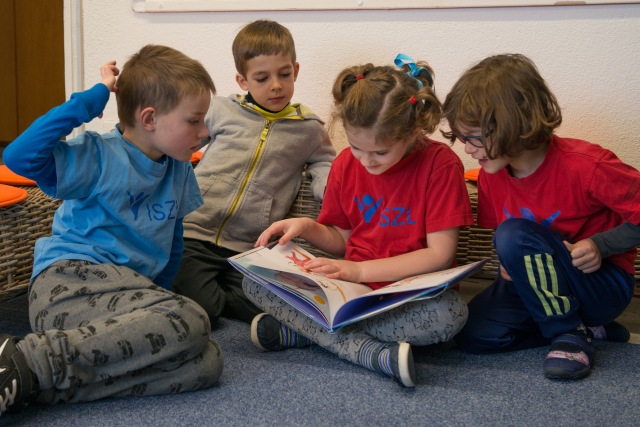Rojas-Drummond et al (2008) and Mercer and Littleton (2007), argue that effective collaborative talk in the classroom needs to be explicitly taught. Additionally, Mercer and Littleton (2007), distinguish between working in a group as compared to working as a group, stressing the concepts of interthinking, intersubjectivity and dispersed knowledge rather than individual contributions that form a part of a whole.
What does this mean in terms of learning practices in the primary classroom? Numerous research studies within the contexts of business and school indicate that collaboration enhances creativity, innovation and knowledge. Collaboration implies a way of working together where learners do more than share ideas, divide tasks up into individual responsibilities that feed into a whole but rather they “interthink” (Mercer, 2004). Collaboration is joint participation in a collective activity in which new knowledge is created through reciprocal learning (Dillenbourg, 1999 in Lund, 2008).

If we accept the above description of collaboration and we also recognize its importance in constructing new knowledge and meaning, we must also ask ourselves, what skills need to be taught in order for effective collaboration to take place in the early primary classroom. After discussing with the learners in Grade One, what they believe collaborative talk might look like, sound like and feel like, the class came up with some guiding rules around collaborative talk:

- Listen to each other
- Give time to think
- Not be too noisy
- Don’t interrupt or boss others around
- Everyone has to agree to an idea
Some learners then tried out their collaborative talk by constructing a non-fiction text on an area that they collaboratively decided upon. With teacher guidance, they worked together to research, communicate and construct their knowledge, which was documented in a digital book. The process was challenging but well worth it!
Since thinking about how we work together collaboratively, I hear children using beginning sentences such as:
 “Yes, that is part of it and ….”
“Yes, that is part of it and ….”
“You go first and then it is my turn”
“We could…”
“I think… and what about ….”
Collaborative talk, if it is for the purpose of constructing new knowledge is a skill that needs to be taught explicitly and is an on-going practice. It can be challenging and takes time. The outcome is however, enriching for all participants. By using collaborative talk and truly listening to children’s thoughts as well as adding to them, we are not only modelling how people construct meaning together, but also enabling children to access knowledge.
